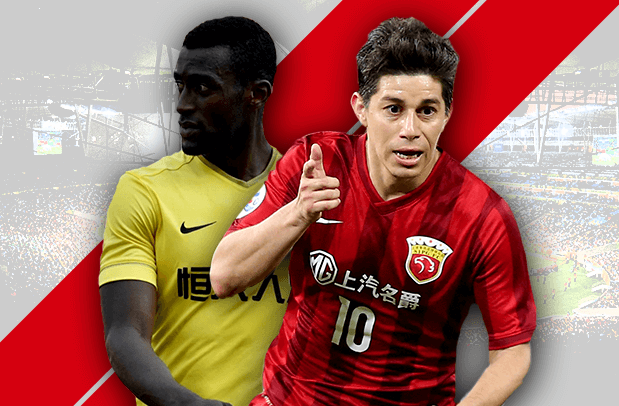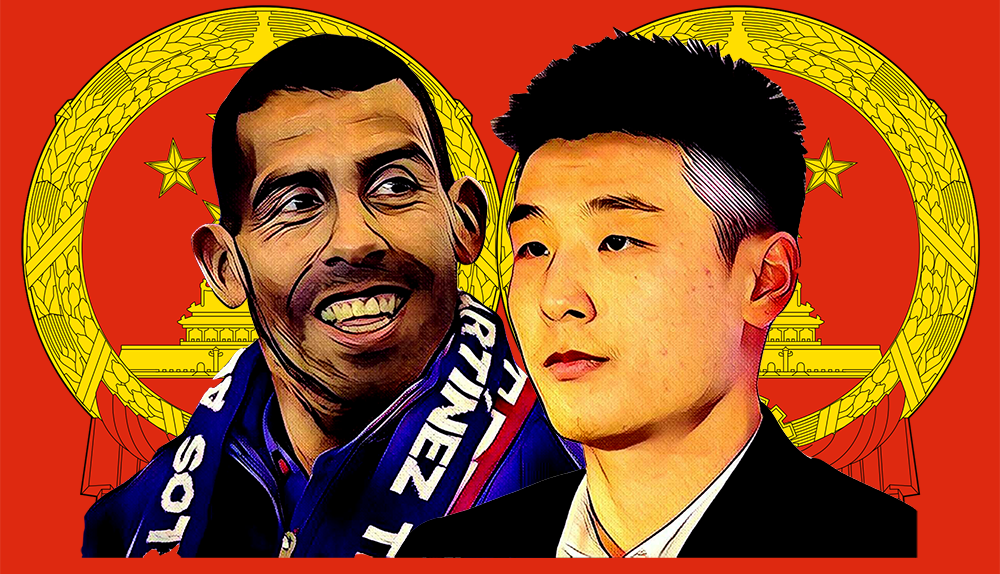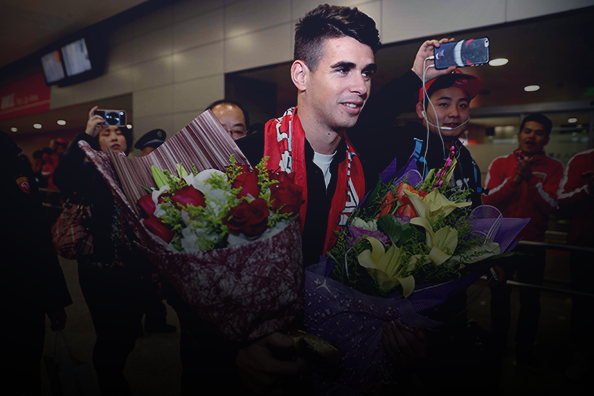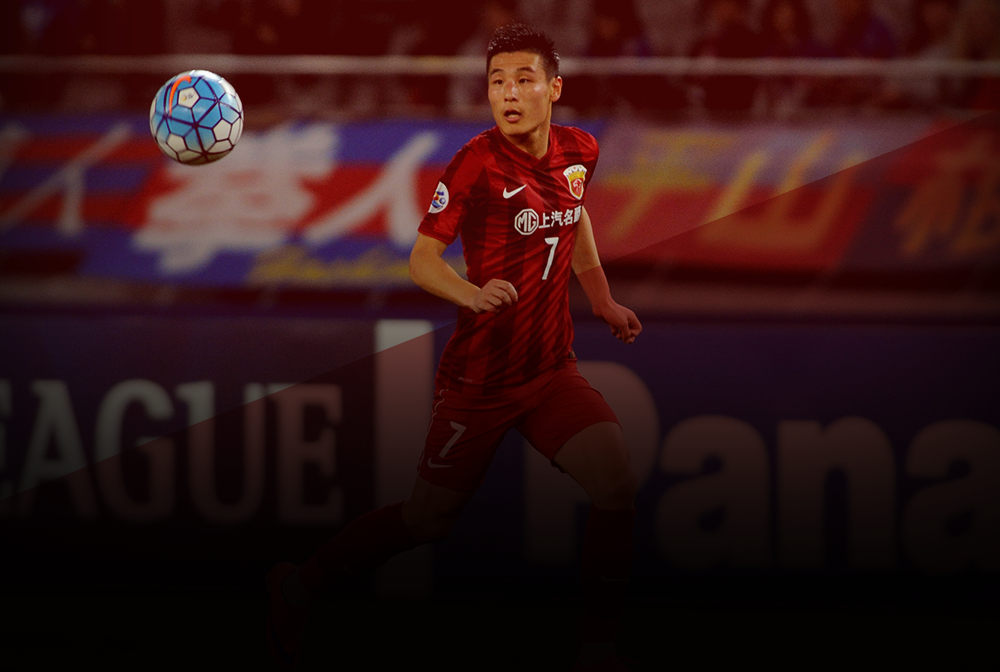12 years on from the inception of the Chinese Super League, Oliver McManus takes a look at the state of affairs in China’s top flight.

When the first ball was kicked on the 6th March, 2004, expectations from the Chinese Super League were gargantuan – for many believed it was the year that football in China would FINALLY take off.
So, 12 years after the Chinese Super League was established, with the aims “to promote high quality and high-level competition” as well as to “encourage the influx of higher quality foreign coaches and players”, let’s reflect on how they’ve been faring.
Emerging from the ashes of the Chinese Jia-A League, the Chinese Super League was established to renew a sense of passion within the country for football; undoubtedly, there was a real step up in class in terms of teams – with the Chinese Football Association imposing tougher criteria to ensure the clubs would be financially viable and professionally run.
In addition to that, a new second division was established, along with a reserve league and youth leagues at Under-19, Under-17 and Under-15 levels – all aimed at bringing through a new era of Chinese talent.
It must be said that for the largest country in the world – by population – with over 1.3 billion people, you would expect for them to be able to cobble together 11 good players to form a relatively successful national team but, the truth has been quite the opposite.
Underwhelming performances have only resulted in a highest ranking of 37 (in 1998, so hardly much to shout about) and one appearance in a World Cup, where they exited at the group stages in the 2002 Japan / South Korea tournament.
But that’s enough about the national team, because we’re talking the success of the Chinese Super League and, it’s fair to say, the opening few seasons were dogged with controversy as match-fixing was uncovered, resulting in a loss of interest from fans and massive financial losses for all clubs across China.
Since 2009, however, the league has found stability when, after numerous previous attempts, 16 clubs participated in the Chinese Super League, finishing their expansion plan and allowing a two-up, two-down, relegation system.
It has also been since 2009 when the foreign players quota was raised to ‘4+1’ per squad and ‘3+1’ per match, this allows each club to have 4 players from outside of Asia on their books and an additional one from within the AFC (Australia, Japan, Uzbekistan etc) without infringing on this policy.
Since 2011, more noticeable foreign players have been making their mark on the Chinese football scene, with Guangzhou Evergrande and Shanghai Shenhua being the early trend setters, signing the likes of Didier Drogba, Nicholas Anelka, Frederic Kanoute and Yakubu Aiyegbeni – all former Premier League players.
Admittedly, many of the foreign players heading over to ply their trade were nearing the end of the career and looking for a pay-day but, one bright spark that headed over at the, relatively, tender age of 28 was a veritable unknown by the name of Dario Conca.
Capped 9 times by Argentina at Under-20 level, he had been busy building his career for, firstly, River Plate, before moving to Brazil with Fluminense where he really earned his plaudits.
So good were his performances in the League that he earned himself 78th spot in The Guardian’s Top 100 footballers of 2013 and, it is widely believed, that his performances largely contributed to the exponential growth of the Chinese Super League over the past 5 years.
When you look at attendances, there is no doubt that the CFA have managed to transform the CSL from a rather shabby, unpopular competition into one that captures the hearts of the Chinese population; attendances since the 2010 season are up 52.2%.
So, domestically, there is no doubt that the Chinese Super League has been a success but, when we look at the global scene, serious questions have to be asked.
There is no doubt that the hallmark of a successful football league, or club, is to have a truly global following, specifically in the Western countries i.e. the United Kingdom, Germany, Spain, France, if this market can be tapped by your product then you are on for a truly lucrative ride.
With the Chinese Super League, we have seen a definitive attempt of Westernisation within their clubs; in 2016 alone, 3 clubs changed their names in order to make them easier to sell as a brand to European countries.
Not only has this, but the purchasing of major names from major European countries can be used to the club’s benefit as it allows them a platform to market their game across the world – even David Beckham has been unveiled as a ‘Football Ambassador for China’ in a bid to improve their global profitability, popularity and prosperity.
Broadcast deals have been hard to come by though, with many channels reluctant to take on such an unproven league, but in the United Kingdom, where there are at least 4 sports-specific channels (BT Sport, Eurosport UK, Premier Sports and Sky Sports), showing football across the globe from Japan to Argentina and Australia to Mexico, it raises serious issues as to how the Chinese Super League expects to get their message spread around the world.
Looking at 2016, it was undoubtedly a breakthrough year for the League, with over £200 million spent in the run-up to the season with virtually every club securing a big-name signing; Burak Yilmaz, Paulinho, Jackson Martinez, Tim Cahill, Gael Kakuta, Gervinho and Alex Teixeira being just a few of the star names to grace the playing field.
Off the field then, and things are looking rosy, big name players, big name managers and booming attendances make the league, on the face of it, one of the most attractive on the planet.
On the field, however, a depressing reality comes to the fore – a fact that few of these big names have covered themselves in glory, few have impressed and many have been distinctly average.
For many players, such as Ezequiel Lavezzi, who hopped on a plane to China in order to showcase their skills and, in the not-so-long term, to facilitate a move back to the larger leagues of Europe, their value has gone plummeting and, frankly, their chances of a European move have been severely dashed.
Make no mistake about it, the players retain their quality in the league but they aren’t ‘dominating’ it as some would expect and, whether this down to the vast improvements of Chinese football or, due them dropping in performance levels, the football overall has been far from competitive.
What was expected to be a highly-charged, passionate, down-to-the-wire affair has drawn out into a 2, possibly 3, horse race between Guangzhou Evergrande Taobao, Hebei China Fortune and Jiangsu Suning with only 15 games gone.
It was supposed to be lift-off for the Chinese Super League, but their feet have remained firmly on the ground, maybe in the future we’ll look back on this as a failed experiment to popularise football in the country, or maybe we’ll look at it as the stuttering baby steps of a league which went on to blossom.
It’s unknown at the moment, but the future is in their hands, it’s up to them what they do with it.
Written by Oliver McManus
- Syria: The path to World Cup qualification - July 8, 2020
- The story of South Africa’s topsy-turvy footballing journey - November 8, 2017
- Interview: Sunil Chhetri on his foreign stints, Bengaluru FC, and the rise of Indian football - October 24, 2017
























































